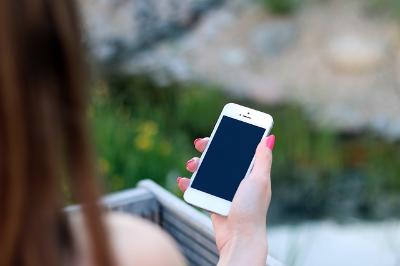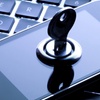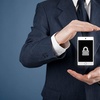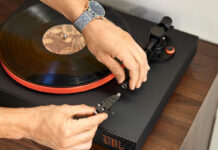 I long for the days when I was a kid and the only thing I ever needed to remember was my home phone number. Now, I’ve got PIN numbers galore and, for all my online and mobile accounts, an infinite number of passwords to remember. And in the past, I’ve always hated coming up with passwords for all my new accounts. It was always too short, or not secure enough, or something. Online security is pretty important, too, because as we know from watching the news, there are tons of unscrupulous folks out there who would love to hack into your accounts and steal your identity, or your stuff. But over the years, and through tons of research, I’ve come up with some tips for creating the best password for your mobile accounts, and a way to remember them all.
I long for the days when I was a kid and the only thing I ever needed to remember was my home phone number. Now, I’ve got PIN numbers galore and, for all my online and mobile accounts, an infinite number of passwords to remember. And in the past, I’ve always hated coming up with passwords for all my new accounts. It was always too short, or not secure enough, or something. Online security is pretty important, too, because as we know from watching the news, there are tons of unscrupulous folks out there who would love to hack into your accounts and steal your identity, or your stuff. But over the years, and through tons of research, I’ve come up with some tips for creating the best password for your mobile accounts, and a way to remember them all.
Make it Something Hard to Guess
Using the word “password” or “12345” is just inviting someone to hack into your account. You need something unique, and that you’re going to remember. Don’t just go for some word out of the dictionary. Use something that is significant for you. For instance, if you happen to like Batman, then use something like “batcave” or “batmobile.” Or, if you adore your kid, then something like “poopydiaper” or “twoamfeeding.” The idea is to use something to start off with that someone would not readily guess, but is significant enough that you’ll always remember it.
 Longer is Stronger
Longer is Stronger
No matter what your base password idea, you are still going to need to make it longer, because the longer a password is, the harder it is to crack. Most tech pundits suggest a password with about 12 characters for maximum security. Perhaps add the number of your favourite issue of a Batman comic, wedding date or your lucky numbers at the end. So “batmobile”, could become “batmobile1229,” for example. Try not to use successive numbers or the same number, such as “1234” or “1111” because these are considered to be far less secure numerical combinations that are easier to crack.
Mix Letters, Symbols and Numbers
Here’s where you can make that password a bit more difficult to figure out. Where you can, try to substitute a similar-looking number or symbol for where a letter would appear. For instance, in our example above, “batmobile1229” could have the “A” replaced with a “@” and the “O” replaced with a zero, making the base password “b@tm0bile1229.”
Mix Upper and Lower Case Letters
Many sites require you to use at least one upper case and one lower case letter in your password, and even if they don’t force it upon you, you should still make sure to vary the capitalization in your password. Again, this just makes it that much more difficult for someone to guess your password. So going with the same example, “b@tm0bile1229” could become “b@tM0bile1229,” by simply making the “m” upper case. Adding more upper case letter would just make the password that much stronger.
 How to Keep track of Them All
How to Keep track of Them All
For me, the problem was always keeping track of all the clever passwords I created. My personal solution has been to use a similar password for all my accounts. Not the same… but similar. For instance, and using the same example, my bank account password would be something like “B@nkb@tM0bile1229” and my favourite online game password would be “Starwarsb@tM0bile1229” or similar. While tech pundits generally frown on using the same password for different accounts, lest one hack get all your accounts, I tend to think this method (if you start with a good and strong base password) can still be pretty safe. Other folks like to use a variety of apps that are designed to keep track of all your myriad passwords throughout the digital landscape. These apps include cross-platform (meaning PC, iOS, and Android) password-keeper programs like Dashlane, RoboForm, 1Password and more. Most of these apps keep your passwords safely tucked away and synched across all your devices, so all you really have to do is come up with a password once, and then you never have to remember it again. However, for the ultimate in mobile security, it is also recommended that you change your passwords up every once in a while, as well, just to be on the safe side.



